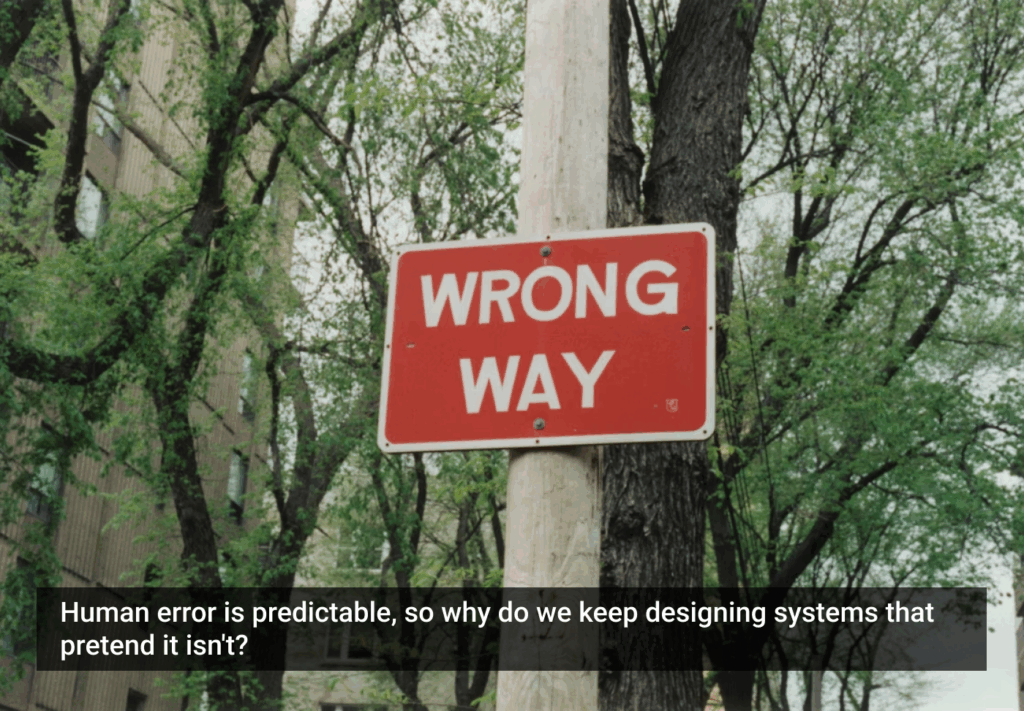Empathy is nearing played-out-buzzword status: overused and overhyped and caricatured to the point where any real nuance or subtlety is hard to come by. Use of the word empathy these days is almost as likely to generate a round of eyerolls as it is to inspire compassion. Has it joined the ranks of ideas like “disruption” and “innovation”? Perhaps.
But, as with these kinds of terms, even if the concept of empathy is beginning to feel a little worn, that doesn’t mean its original significance is gone or irrelevant. Like a comfortable pair of jeans, we should celebrate that a concept such as empathy is beginning to feel familiar and worn in, rather than dismissing it as worn out and worthless.
Empathy is a critical component of, but not the complete center of, the design universe. It’s necessary but not sufficient. It’s a means, not an end. And it may not even be a means for all types of design. For instance, in human-centered design, it’s completely necessary as a contrast to considering only one’s own personal experiences, or extrapolating from a single perspective while designing for other humans with other experiences and perspectives.
But human centeredness isn’t all there is to good design. It’s just one approach to identifying needs and solving problems, and while it has been the prevailing philosophy in recent years, that doesn’t mean it will continue as such, or that it is always the right approach for all design challenges even at present… and the same may be said of empathy as a key design ingredient.
From a systems thinking perspective, we can certainly conceive of myriad scenarios and circumstances (e.g. wicked problems such as healthcare, education, climate change) that won’t be solved by the current conception of human-centered design. Though not in direct opposition to human-centered design, practices such as service design and transition design broaden the problem space to the point where it makes less sense to focus on single individual humans as a guiding design method. That’s not to say empathy is no longer needed — simply that what it means to build it and what we do with it may change.
Empathy is a means, not an end.
Empathy is the kind of word that designers must grab onto before it gets away from us as a profession. Disruption, innovation, failing forward, design thinking, human-centered design, ethnography, curiosity, making: these concepts used to be new! and important! and over time have become familiar and even hackneyed. But they have also become table stakes for good design practice. Similarly, empathy isn’t a trend. Even as some may grow tired of the word, that fatigue stems from the phenomenon of too many people talking about it and describing its necessity without really cutting to the core of it is or what to do with it.
What is it?
Empathy is usually conceived as “feeling what someone else feels” or “walking in someone else’s shoes.” But perhaps more importantly, empathy isn’t the same as sympathy, and it’s more than just imagining what it feels like to experience something from another’s perspective. There is a difference between cognitive empathy (the capacity to understand another’s mental state), and affective empathy (feeling and responding to another’s emotional state).
It’s critical for designers to understand the difference and act with intention to design with the type of empathy that best serves the unique circumstances of their work at any given point in time. There is a very real difference between metaphorically putting oneself in someone else’s shoes in order to think through the kinds of problems they might face, and feeling on a deeply genuine level the emotions and affective experiences that someone else is facing. We must understand what we truly mean when we say we design with empathy. It’s not playing dress up with someone else’s life; it’s thinking and feeling what someone else thinks and feels in order to better understand the experience we’re trying to improve.
What do we do with it?
It’s not enough to feel connected to one’s design audience. Empathy is a means to better design, to better outcomes — which is achieved by weaving empathy into the methodologies we use, not simply just caring about our design audience. Indi Young recently discussed some of the implications of empathy within persona development: “cognitive empathy requires not a face, not preferences and demographics, but the underlying reasoning, reactions, and guiding principles.” And MadPow’s Jamie Thomson has shared her own insights from designing with empathy at the intersection of healthcare and experience design. Activities such as shadowing, empathy mapping, gamestorming, and journey mapping help us develop empathy, while activities such as generative making, collaging, and collaborative sketching help us put that empathy into action for solution ideation.
As design evolves, the role of empathy will evolve with it.
The natural evolution of design empathy and for designers in general is to more broadly acknowledge what can be inherently paternalistic about our work and our interpretations of empathy. Consider even the term “user” or the phrase “designing for…” and the implications of that dynamic.
There is a very real shift beginning to take place that moves us away from:
“Let me understand how this looks and feels to you… now let me solve this problem for you by pretending to be you and layering my design skills on top to solve it.”
…toward something more like…
“Let me understand how this looks and feels to you… and now let me use that understanding to build tools with you so you can solve that problem any time.”
…and eventually to a lack of differentiation between me/designer and you/designee:
“Let me understand how this looks and feels to you… and you can understand how it looks and feels to me, and we’ll design something together toward a shared vision.”
Empathy is going to be the critical component in a design evolution that leads to a world where everyone designs — and our roles as design practitioners become more of facilitation than problem solving. Certainly we’re not there yet — our ‘users’ and ‘clients’ still need us to help design better experiences for others because there’s no way for those customers to create it themselves. But as we shift toward a future with more access and participation (made possible by technology first and foremost), it will mean we create experiences (digital and otherwise), and ultimately systems, that are more flexible and socially sustainable in the long run.
I have personally been thinking about design this way since I met Liz Sanders, who has written a lot about participatory design and generative design research. More recently, Dan Lockton has been writing about similar themes as a way of designing for agency, and Kevin Slavin writes similarly about design as participation. There is growing momentum for this approach to design and I believe empathy is still the keystone of these conversations.
So what is the future of empathy? Perhaps it will be seen in the type of methods we apply it to: cultural probes, empathy collaging, generative toolkits. These are methods I use today and see designers embracing more significantly in the future. But these methods and others we use at MadPow are not meant solely to build empathy among designers by imagining themselves in their users’ shoes; instead, they are meant to bring the users (ahem, fellow humans), into the same room as designers and to dissolve the distinction between them — engaging all to co-design more innovative and sustainable experiences and systems… and futures.
In this way, empathy becomes something actionable, allowing it to evolve in a very real and meaningful way, not as the empty buzzword whose peak relevance has passed.





